
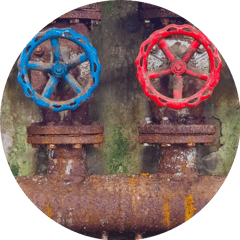
Oxidation damage is the number one enemy of the most common ferrous metals used in the manufacture of mechanical components. Despite being an unavoidable phenomenon, it is still possible to reduce the effects through appropriate measures to be taken during the production process and handling.
The process of atmospheric oxidation only occurs in the presence of:
Corrosion of ferrous metals by oxidation is an inexorable and progressive process since rust (mainly oxidised iron or Fe2O3) is a friable and porous material that tends to flake off, freeing the underlying surface and making it vulnerable to further attack.
Amongst the hidden costs that manufacturers of valves, pumps and fluid interception components in general have to bear, those related to oxide formation have a considerable impact on company budgets. By taking certain measures, it is possible to reduce or even eliminate its occurrence.
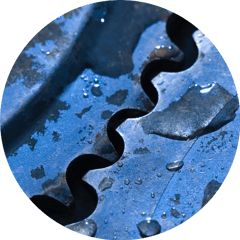
Prior to the application of any permanent coatings, the semi-finished products may be subjected to wet corrosion attacks. This can happen during:
Ferrous alloys subject to atmospheric oxidation can be protected during their production cycle with coatings of various types and compositions, namely:

Which lubricant composition is best suited to your logistics and production process?
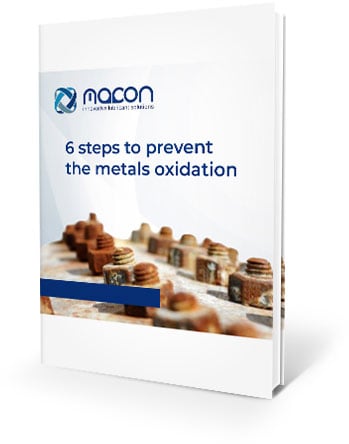
Maconsynth GT1/B
Grasso lubrificante a base di idrocarburo sintetico per cilindri pneumatici senza stelo
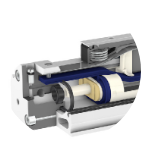
Pneugrease HTS
Grasso lubrificante a base di polidimetilsilossano per cilindri a basso attrite risparmio energetico
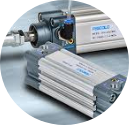
Maconsynth Retrac 400
Grasso lubrificante a base sintetica per cilindri pneumatici con anelli di tenuta in EPDM
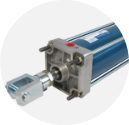
Ultragrease ATOX 2
Grasso lubrificante base PAO omologato per contatto accidentale con alimento
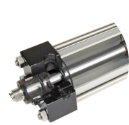
Maconsynth GT1/B
Grasso lubrificante a base di idrocarburo sintetico per cilindri pneumatici senza stelo

Pneugrease HTS
Grasso lubrificante a base di polidimetilsilossano per cilindri a basso attrite risparmio energetico

Maconsynth Retrac 400
Grasso lubrificante a base sintetica per cilindri pneumatici con anelli di tenuta in EPDM

Ultragrease ATOX 2
Grasso lubrificante base PAO omologato per contatto accidentale con alimento

HEAD OFFICE:
Macon Research Srl
Via Santa Lucia, 8/D
36056 Tezze sul Brenta (VI)
Tel.+39 0424.57.39.66
Fax.+39 0424.57.39.66
Mail: info@maconresearch.com
ADMINISTRATIVE OFFICE:
Macon Research Srl
Via L. Tolstoj, 43/O
20098 San Giuliano Milanese (MI)
Tel.+39 02.98.24.41.61
Fax.+39 02.98.24.4161
Mail : info@maconresearch.com
The data contained in this catalogue are based on our general experience and knowledge at the time of publication and are intended to provide the reader with technical information about any possible uses. This information does not, however, constitute an assurance as regards product characteristics in relation to specific cases. We recommend that you request an interview with our consultants. We would be happy to provide you with samples.